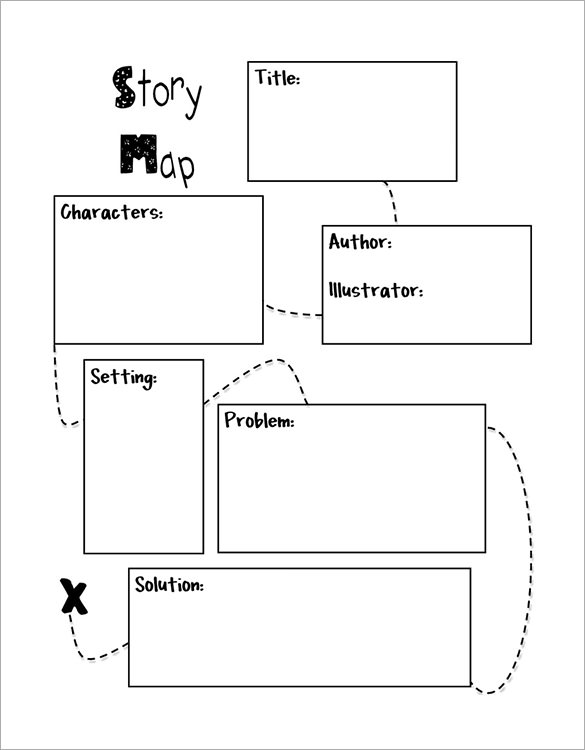

This determines the default color choices for text, shapes, captions, outlines, buttons, and more. Create Custom Theme ColorsĪfter setting the slide size, it’s time to edit the theme colors. And remember to click Set as Default Size so when you open a new project, it defaults to those dimensions.īy setting up the slide size at the start, you or whoever uses your template won’t have to worry about reworking your slide designs later.įor more information on choosing your slide size, check out this article: Storyline 360: Setting Your Slide Size. If the majority of the courses you or your team create use a different size, be sure to make those changes here. I generally use a 16:9 ratio since it’s the most common aspect ratio for computer monitors and videos. To change the size or the aspect ratio, go to the Design tab and select Slide Size.


The slide size defaults to 720 pixels wide by 540 pixels high, but you can easily edit the slide size to fit your needs. When creating a template, start by opening up a new project and editing the story size. Let’s take a look at how to create a shareable template that’s easy to customize in Storyline 360. Thoughtfully designed templates help provide consistency across projects, speed up development time, and let you focus on what’s important-your content. That’s why it’s so important to design templates with the user experience in mind. Have you ever downloaded an e-learning template to repurpose for a project? Was it easy to use and adapt? Or did you find it challenging and confusing to customize? While using templates should make developing easier, if they’re not carefully created they can unintentionally slow you down.


 0 kommentar(er)
0 kommentar(er)
